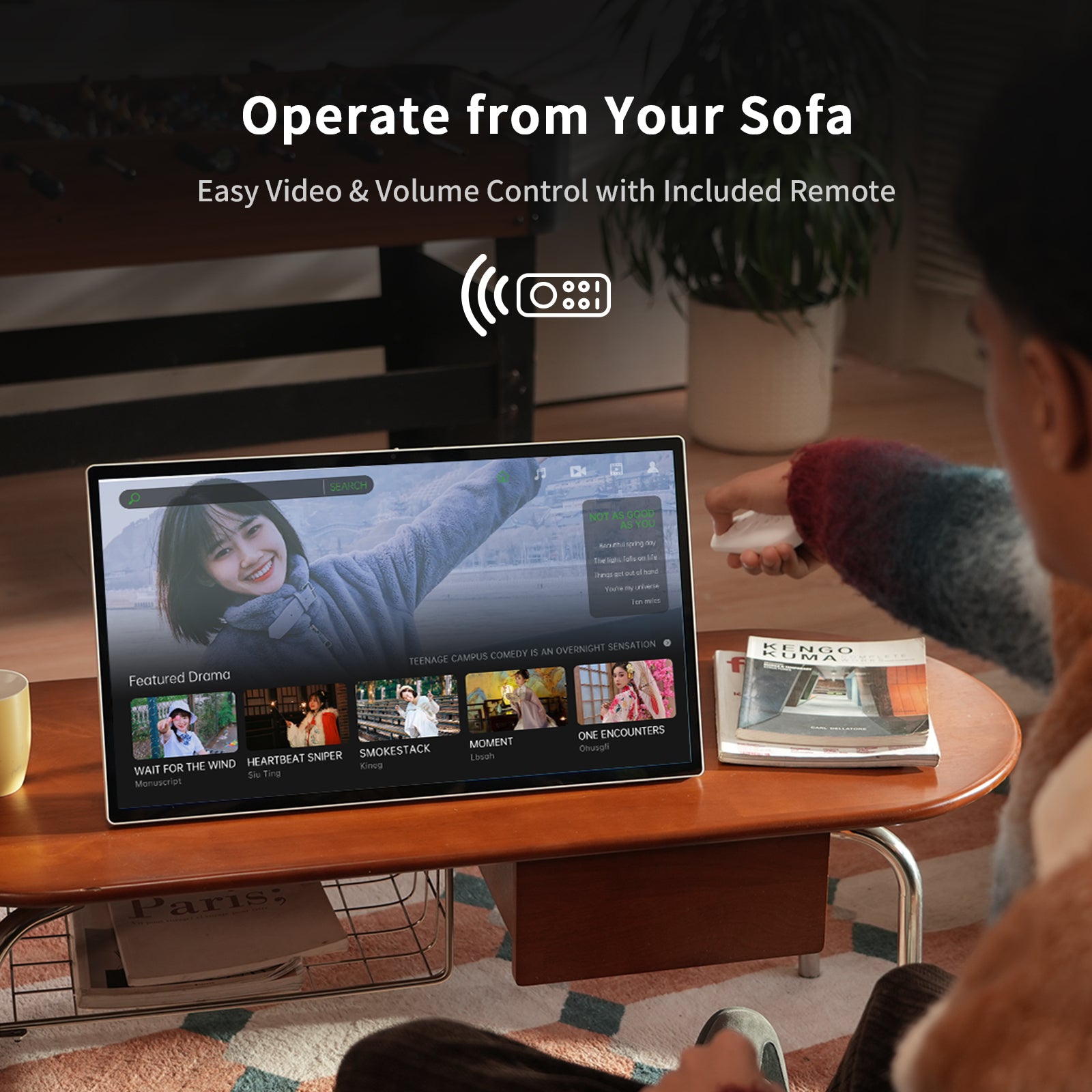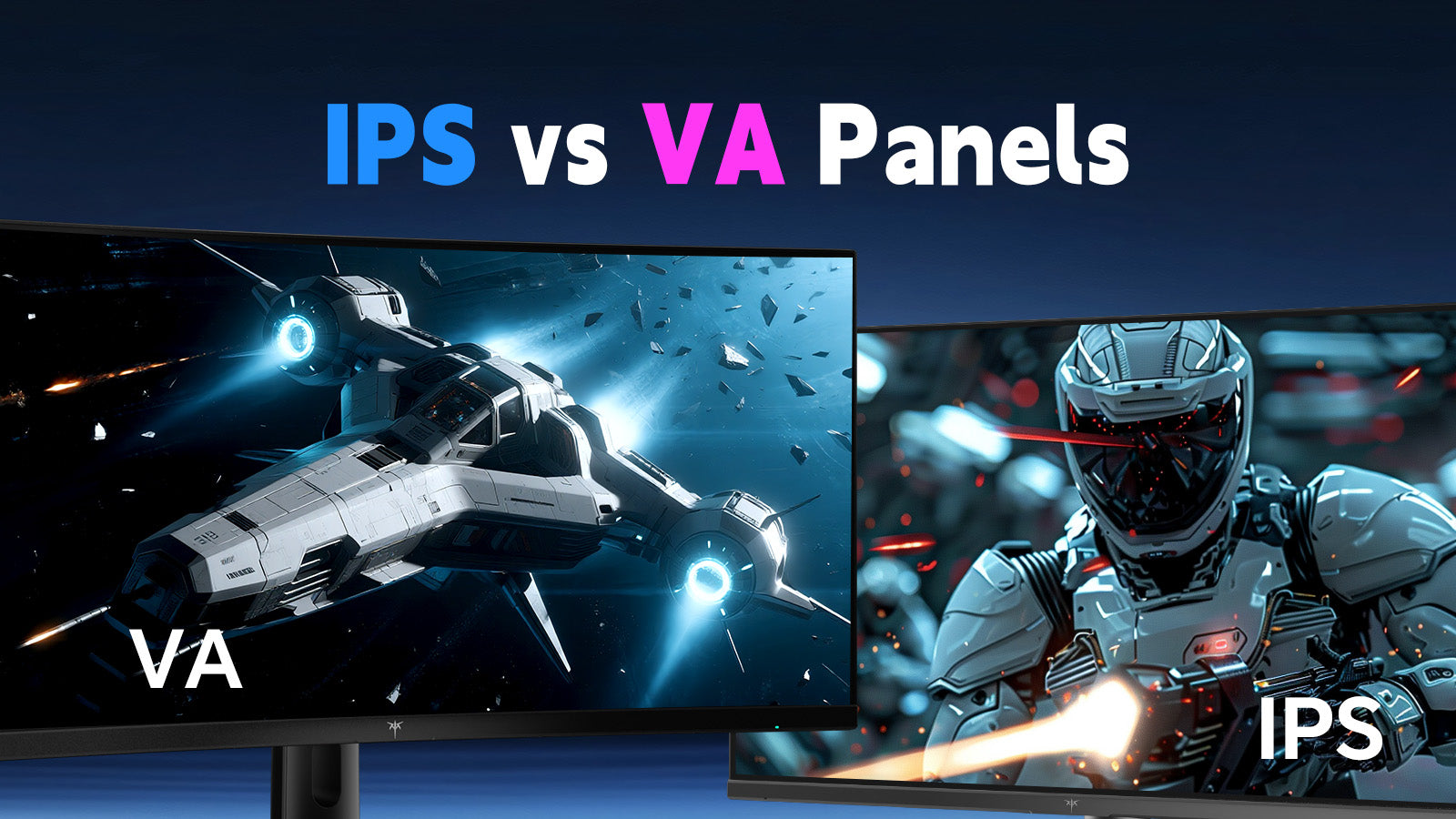Building a gaming PC is about creating a balanced system, and no partnership is more crucial than the one between your graphics card and your monitor. Your graphics card creates the stunning worlds you play in, and your monitor is the window through which you see them. Investing heavily in one without considering the other leads to wasted money and bottlenecked performance. This guide will teach you how to create a balanced system by choosing a monitor that works in perfect harmony with your graphics card's capabilities.
1. Think of Your Graphics Card and Monitor as a Team
Before we look at the details, it helps to think in the right way. Your graphics card (GPU) and your gaming monitor are a team. A strong GPU with a basic monitor is like a supercar engine with cheap tires. The power is there, but you cannot use it. And a weak GPU with a great monitor is like putting a scooter engine in a race car. It looks good, but it will not work well.
The goal is to match them perfectly. A good team makes sure you are not paying for power you cannot see. It also makes sure your monitor is not asking for more power than your graphics card can give. This is the key to a smooth gaming experience with no problems.
2. Know the Two Key Specs: Resolution and Refresh Rate
To match your parts, you first need to know the two most important monitor details. Your graphics card is in charge of handling both of them.
First is Resolution, which means clarity or detail. It is the number of dots (pixels) on the screen. People call it 1080p, 1440p, or 4K. A higher resolution means a sharper picture with more detail. But it also means your graphics card has to work much harder to draw all those extra dots for every picture.
Second is Refresh Rate, which means smoothness. It is measured in Hertz (Hz). It tells you how many times each second the monitor can show a new picture. A normal office monitor is 60Hz. But a gaming monitor is usually 144Hz, 240Hz, or even higher. A higher refresh rate makes movement on screen look smoother and clearer. This is very important in fast games.
3. Recognize Your GPU as the Engine
Your Graphics Processing Unit (GPU) is the engine for everything you see. For every picture of a game you see on your monitor, your GPU had to create it from nothing. The harder the job, the stronger the engine needs to be.
A higher resolution means the GPU has to draw millions more pixels for each picture. A higher refresh rate means the GPU has to draw more pictures every second. Doing both at the same time, like gaming at 4K with a 144Hz refresh rate, is a very big job. Knowing that your GPU is doing all this work is the first step to knowing what kind of monitor it can run.
4. Avoid the Performance Killer: The GPU Bottleneck
A "bottleneck" happens when one part of your computer holds back another part. When you match monitor to graphics card, a gpu bottleneck monitor problem is very common and annoying. It can happen in two ways.
The first kind of bottleneck is having a very strong GPU with a basic monitor. You might have a great graphics card that can make 200 pictures (frames) per second (FPS) in your game. But if your monitor is only 60Hz, you can only see 60 of those pictures. You have wasted money on power that you cannot see.
The second, more common bottleneck is having a weak GPU with a powerful monitor. You might buy a beautiful 4K high-refresh-rate monitor. But if your graphics card can only make 30 FPS at that resolution, your game will be jumpy and you will not be able to play it well. The monitor can do great things, but the GPU engine is too weak.

5. Find Your Resolution Sweet Spot: 1080p, 1440p, or 4K?
The best way to avoid a bottleneck is to match your monitor's resolution to your graphics card's power level. Here is a simple guide for 2025:
- Entry-Level GPUs (like NVIDIA RTX 4050, AMD RX 8600) These cards are best for 1080p (1920x1080). They have enough power to run most new games at high settings. They can also get the high frame rates (144+ FPS) you need for a smooth, high-refresh-rate experience. Pairing them with a 1080p 144Hz+ monitor is a perfect match.
- Mid-Range GPUs (like NVIDIA RTX 4060/4070, AMD RX 8700 XT) These are the best choice for 1440p (2560x1440, like KTC G27P6S and H32S25E Gaming Monitor). This resolution gives you a much clearer picture than 1080p. And these cards have the power to run most games on high settings. They can still get the high frame rates that a 144Hz or 240Hz monitor can show. This is the best all-around choice for most serious gamers today.
- High-End GPUs (like NVIDIA RTX 4080/4090, AMD RX 8900 XTX) These are the best cards, and you need them if you want to game at 4K (3840x2160). Only the most powerful GPUs can handle the very big job of 4K resolution. And they need to do it while keeping high, steady frame rates for a smooth gaming experience.
6. Check for a Perfect Match with Online Benchmarks
So, how to know if my gpu can handle my monitor before you pay for it? The answer is to use real-world test data. Tech reviewers and people on YouTube test every graphics card a lot.
Go to YouTube or your favorite tech review website. Search for tests of the graphics card you have or want to buy. You should search for these exact words: "[Your GPU Model] + [Game Name] + [Resolution]". For example, search for "RTX 4070 Cyberpunk 2077 1440p benchmarks."
These reviews will show you the average FPS the card gets. If the average FPS is always at or above your monitor's refresh rate (for example, you see 165 FPS in the test for a 165Hz monitor), you have found a perfect match.
7. Consider Advanced Features like Mini LED and HDR
New monitors have special technologies that make the picture look better. Features like HDR give you brighter colors and better contrast. But turning them on can sometimes lower your FPS by a small amount. You will see this in the online tests.
Screen types like Mini LED or OLED give you a better looking picture with perfect blacks and amazing brightness. These features do not cause a bottleneck by themselves. But they are usually found on high-end monitors that already need a very strong GPU to run well at their normal resolution and refresh rate.
8. Build a Balanced System for the Best Experience
Choosing the perfect monitor to match monitor to graphics card is a simple process if you think about it in simple steps. The smartest plan is to choose your graphics card first. Base your choice on your budget and the games you play. Then, use real-world test data to pick a gaming monitor with a resolution and refresh rate that your card can support all the time. This balanced way makes sure you get a smooth experience with no problems, and you get exactly the performance you paid for.




